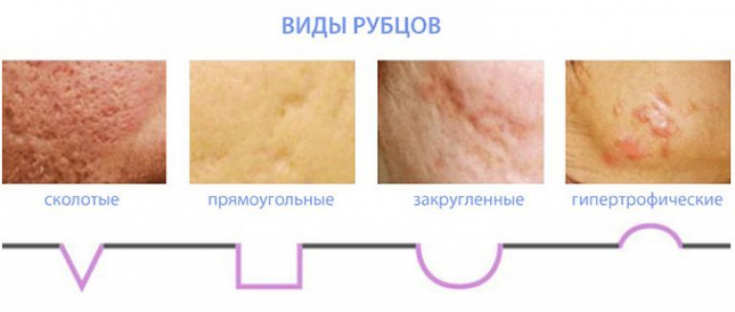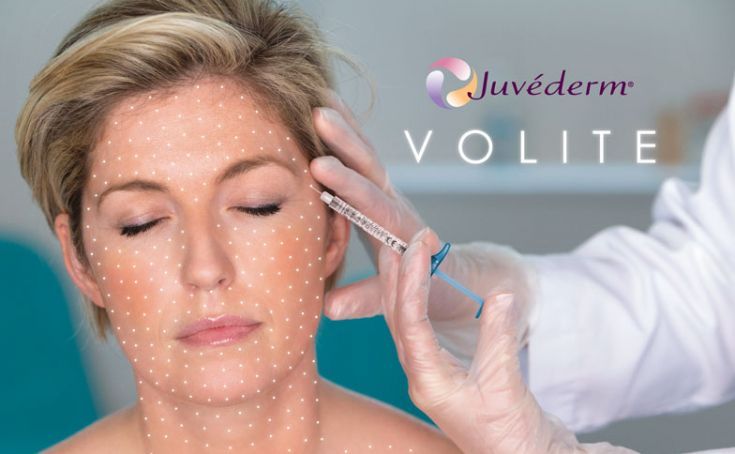Acne scars can greatly affect the appearance of the patient and bring psychological discomfort to the person. Despite the fact that there are many options for therapy, there are people who have tried everything and never achieved the desired result. The use of hyaluronic acid based dermal fillers gives such patients a chance.
Firstly, it is a reliable and fast treatment, which, moreover, reduces the severity of the scar in the long term. The only minus of therapy with fillers – this is a short-lived result. However, this is a small price to pay to look irresistible again, and forget about the stigmatizing scars on the face.
On estet-portal.com read about the intricacies of post-acne scar correction and the technical features of the procedure in an interview with a leading specialist, dermatologist, cosmetologist at the Leoderm Medical Center (Lviv), Allergan Institute trainer, EDV member Irina Dasiuk.
When is the best time to treat acne with fillers
Acne scars occur when the elements of the rash are bumps or nodules. Scarring is the result of damage to the basement membrane of the epidermis during the healing of active acne. The result is two types of scars: atrophic and hypertrophic scars, depending on whether collagen is lost or replaced by connective tissue.
Atrophic scars are more common in 80-90% of cases, and hypertrophic scars in 10-20%.
In the recent past, post-acne scars were injected with hyaluronic acid preparations in the form of biorevitalizants, which required a large number of procedures from 4 to 8, while the effect was not long-term, due to the fact that hyaluronic acid in the biorevitalizant is not cross-linked, quickly biodegrades (up to 14 days) and does not have time to stimulate collagen during this time to replace the scar.
Then the idea of using fillers based on cross-linked hyaluronic acid came to the rescue of this problem. But here the doctors faced a new problem, namely – contouring of the preparation due to its density and difficulties in forming the desired area of the scar.
With the advent of the new filler Juvederm® VOLITE from of the Allergan company, it became possible to correct atrophic post-acne scars with a longer effect, ease of insertion and formation of the scar area in the required volumes with minimal risks of hypercorrection. This is because hyaluronic acid fillers, based on Vycross&trade technology, stimulate the production of collagen and elastin.

The main issue in the treatment of post-acne fillers is the constancy of the effect of the procedure. Dermal fillers are short-lived, and therefore patients have to repeat the treatment at least once a year. However, the experience of many experts shows that although the effect of treating acne scars with dermal fillers is temporary, the skin condition still improves, especially when using fillers such as Juvederm® VOLITE from the Allergan company.
Injection technique Juvederm® VOLITE: step by step guide. Video
Even after the expiration of the filler, the scars do not return. This is because hyaluronic acid fillers, based on Vycross&trade technology, stimulate the production of collagen and elastin.
A huge plus of filler therapy – it is that the effect is immediate and, moreover, the result improves in the next few weeks.
Post-acne treatment with fillers is especially effective when you need to quickly eliminate scars, for example, before some important event. In this case, it is better to carry out therapy a few days or weeks before the expected date.
Which scars are best treated with fillers
The use of fillers is an effective solution to reduce the appearance of atrophic scars, in particular rectangular and rounded ones, after acne. Using the technique of separating the bottom of the scar with a thick needle, you can achieve the most successful results.

By detaching the connective tissue cord from the bottom to the top of the scar, by the so-called "fan method", it is possible to free the cavity for the introduction of the filler and the formation of the most advantageous area for the scar cover. This technique gives a long-term effect. Not all scars respond to therapy in the same way, and the response is determined by the type and depth of the scar and how much underlying tissue is damaged.
Wide scars that stretch with the skin are more treatable, while deep and narrow – worse.
The improvements that the patient receives as a result can be expressed in different ways, but even if they are minor, they still bring psychological benefits. These patients have struggled almost unsuccessfully for years to improve the condition of their skin, so their expectations are lower than those of any other normal patient.
Physics and mechanics of lifting: features of the use of hyaluronic acid fillers
Subtleties of post-acne correction with fillers
When choosing a drug for the correction of scars after acne, it is necessary that it provides a lasting result, not only corrects changes, but also improves the quality of the skin in general, and is also as safe as possible. The ideal solution for post-acne correction is Juvederm® VOLITE by Allergan. It allows you to fill atrophic scars, reduces the manifestations of post-inflammatory phenomena and improves the condition of the skin, stimulating the recovery processes in it.
During the treatment of very small scars, a balance must be found between placing the filler shallow enough to lift the scar, but deep enough so that it is not visible.
Juvederm® VOLITE is injected deep intra- or subdermally. The drug contains lidocaine, so the procedure is comfortable. The needle during the injection is inserted at an angle of 30 degrees, while if it is slightly raised, it should not be contoured. The filler is injected at 0.01 ml every 5 mm. In the area of scars, a larger volume of the drug is allowed.
Thus, the correct injection technique, high-quality dermal filler and the positive attitude of the patient and the doctor are the key factors for the success of the post-acne filler correction procedure. You can only buy from the official distributor.
Read the most interesting articles in
Telegram!






